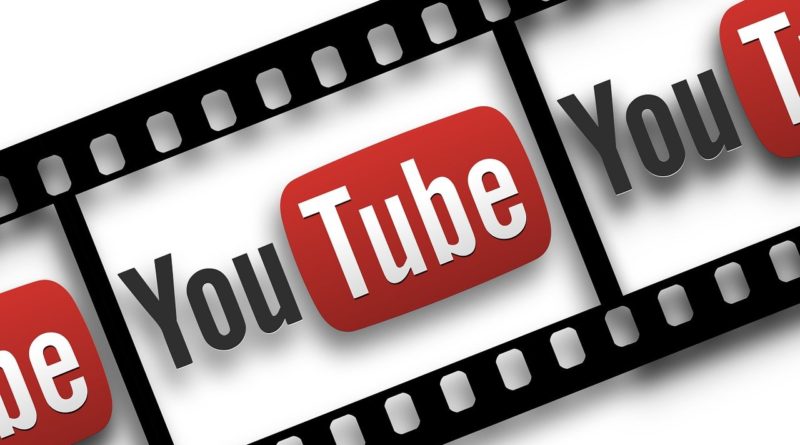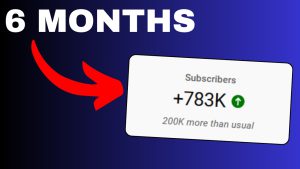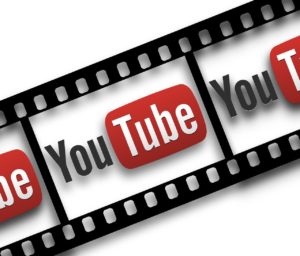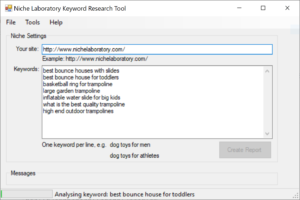I Built an SEO Tool For YouTube Channels Based on Scientific Research!
Watch the video below where I describe how I built this FREE YouTube channel SEO tool for FindAChannel.Net based on some ‘scientific’ research posted here.
Tldr; YouTube SEO is *VERY* important if your channel has less than 1,000 subscribers or 10,000 watch hours in total (you can check both these figures for your channel in the YouTube Studio. SEO is less important once you reach this. However, my tool on FindAChannel.Net will still give you suggestions about reaching two particularly important milestones in going from a regular channel to a power channel.
OK so I was enormously impressed by the research conducted by Briggsby on YouTube SEO. You can read the original research here. However, mindful that people are pretty busy these days (especially YouTube Creators) I have pretty much distilled all of their findings into FindAChannel.Net’s new SEO tool for YouTube channels.
There are a couple of things my tool can’t check for but it’s worth making sure your channel follows their advice:
- You should always ensure that your videos can be embedded into other websites. For example you can see that my video above is embedded into my own blog post. If you also have a blog then you should definitely post video blog posts like this one you’re reading now. Briggsby also reckon you should embed videos because they’re a good SEO signal for Google that your content is popular. I know that I personally have found good results sharing my videos on Reddit. I do also try and post relevant YouTube videos on other blog posts I write. One day I could post one of your videos, and this would be a good signal to YouTube that your content is good!
- They did a fair bit of research into optimal video lengths and how long a video has to be to achieve top rankings for search queries. They are of the opinion that videos in the 10-16 minute length range are most optimal. Ideally you want to be aiming for this length of video. They also recommend that videos are 4.5 minutes long as an absolute minimum.
One thing to bear in mind is that since Briggsby’s research was conducted in 2018, short form videos have become popular. This is largely due to YouTube wanting to compete with TikTok. Consequently YouTube’s metrics may have been adjusted to favour shorter videos. Don’t assume that all YouTube viewers love short videos though. I primarily watch YouTube on my TV. I largely shun videos less than 2 minutes in length, and I tend to punish channels that publish a lot of videos under a minute long. By that I mean I will unsubscribe, not watch their short videos and not award Likes (it’s too much hassle ‘Liking’ a 17 second video).
Channel Engagement is the Key to Everything
FindAChannel.Net’s YouTube channel SEO tool also takes a different approach to measuring a channel’s engagement. This is arguably the most important factor in ensuring your videos rank. FindAChannel measures a number of different factors. One key factor is the percentage of Likes to Dislikes. Briggsby reckon this should be a minimum of 85% so try not to let it fall below 80% (i.e. 1 Dislike for every 4 Likes). FindAChannel also measures the number of Likes/Dislikes per video view. This helps it assess how engaging the content is. For example my unboxing channel tends to achieve Likes from 2.5% of viewers:
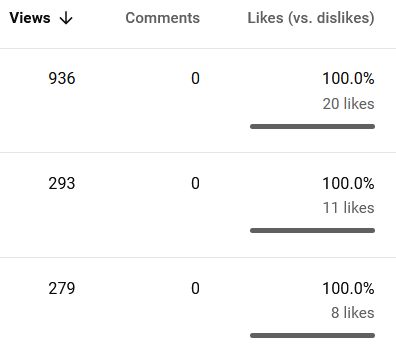
I’ll also point out I’ve only achieved one Dislike so far!
If you add your channel to FindAChannel’s directory of YouTube channels then you can see what your channel engagement figures are like – FindAChannel assigns a Gravity score to each channel which measures engagement.
The YouTube SEO tool also does a few other useful services:
- It will suggest keywords based on the existing channel content. You don’t necessarily have to use these keywords in your video titles and descriptions, but they can be useful sources of ideas for new channels or Playlists.
- It suggests channel priorities based on how popular the channel is so far. For example new small channels should put every effort into reaching 10,000 total video views, as Briggsby are certain this is still a significant ranking factor [I believe it used to be the old threshold for monetization]. The tool is also useful for larger channels, as it will scan for channels that are not far from moving up from being an Established channel to a Popular or Very Popular channel.
- Finally it can assess whether video descriptions are too short or too long.
By the way you can also put your competitors’ channels into the tool and see what they are doing well (or not so well). It’s worth going into YouTube Studio and seeing if there are any popular videos that are leading visitors to your own content. Then you might be able to make your own versions of popular videos. For example one of my unboxing videos receives a huge amount of traffic from appearing in the ‘Suggested videos’ of another video (that’s not one of my own videos):
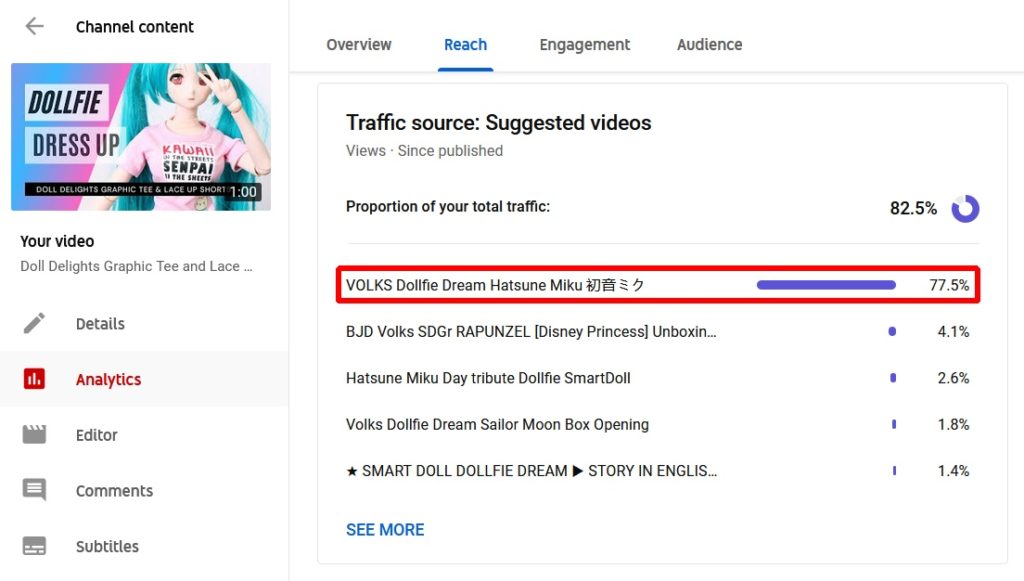
Look at that – 77.5% of my own video’s traffic are visitors from just one other video on YouTube! I definitely need to check this video out and see if I can get some ideas from it. It’s worth checking your own Reach metrics in YouTube Studio to see if you have a similar traffic pattern.
If you have any questions about YouTube channel SEO then please leave a comment below. Also post a link to your channel URL if you want to share it! The SEO Tool for YouTube channels is here so check it out and have a play, particularly if your channel is new and you want to really grow your audience.

